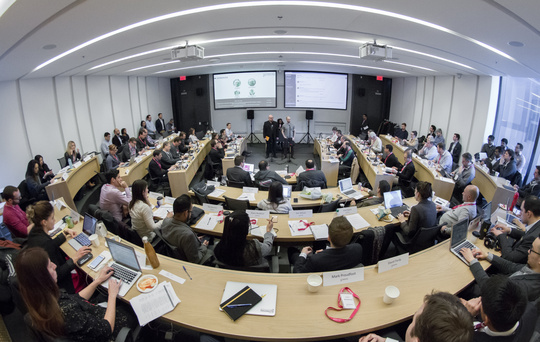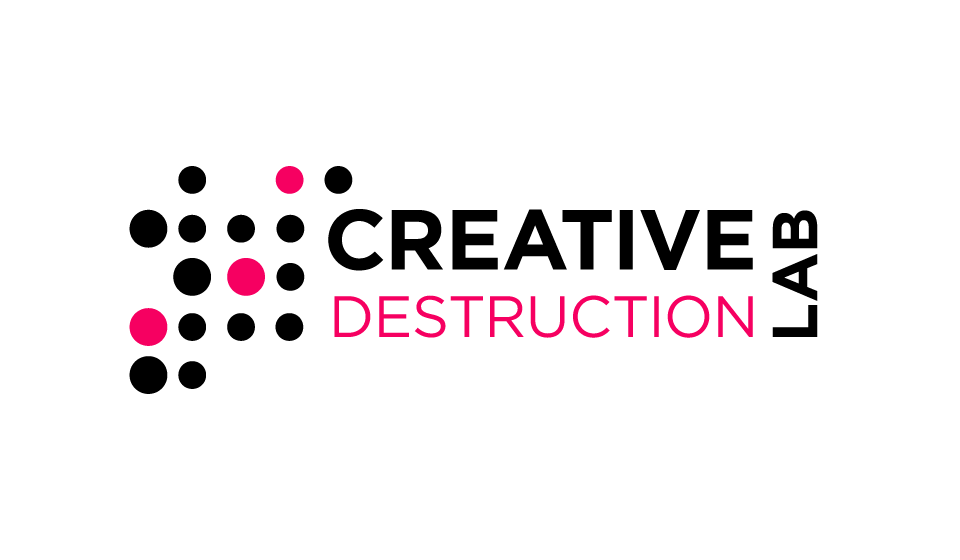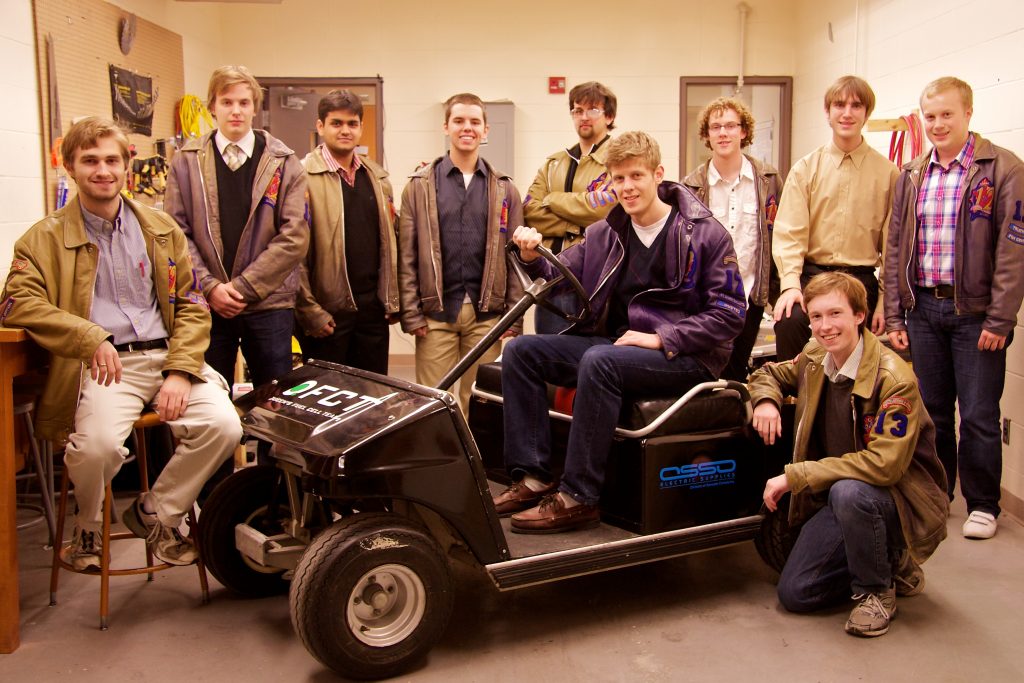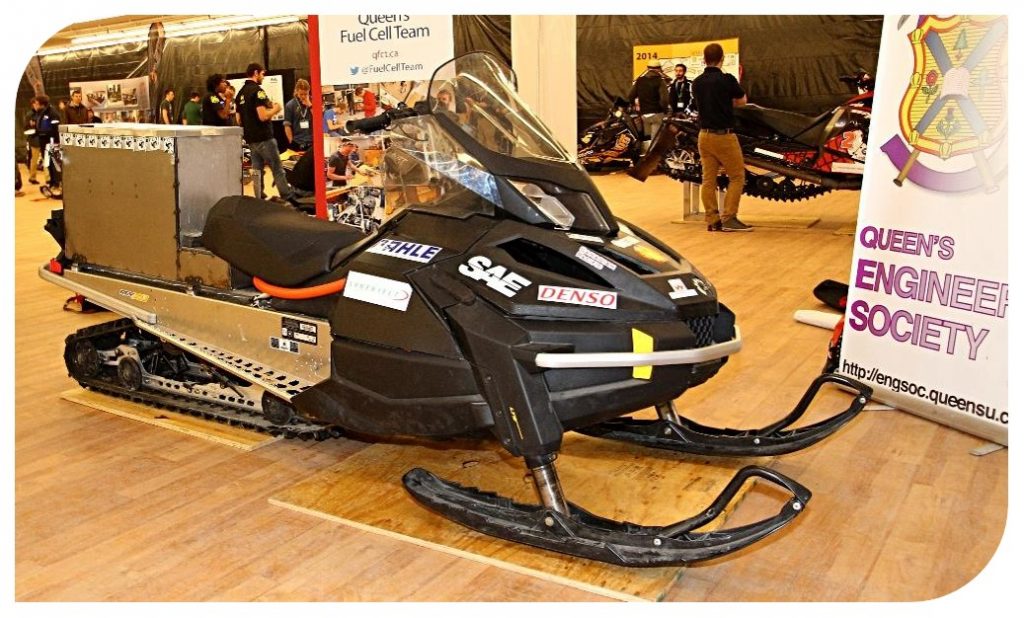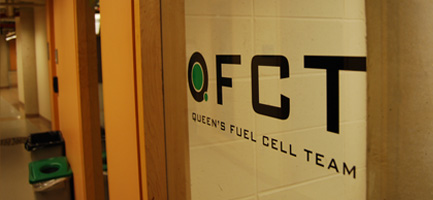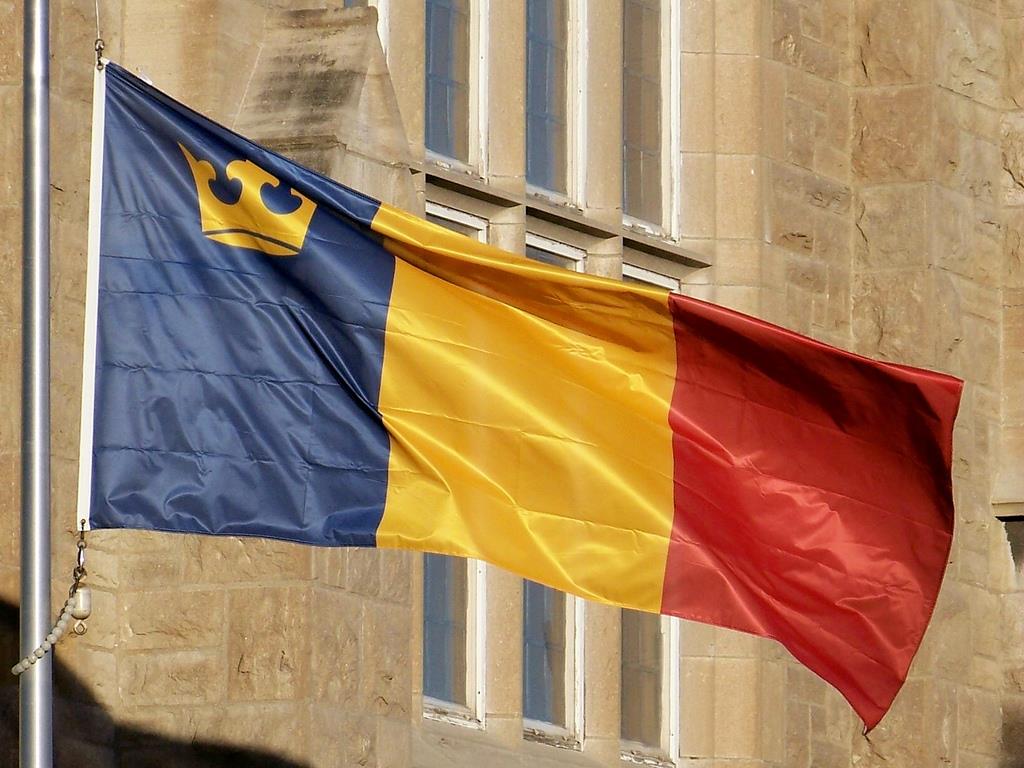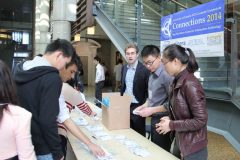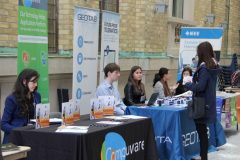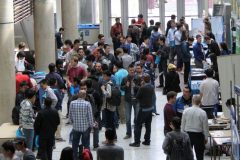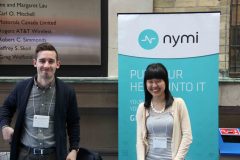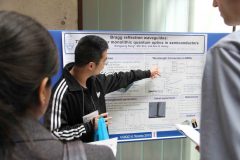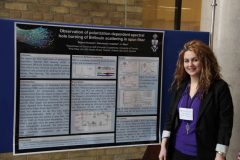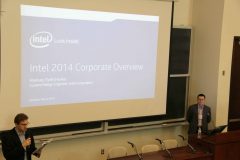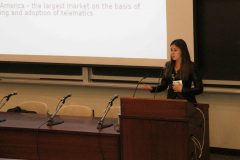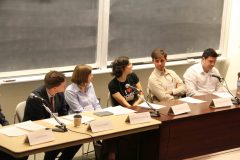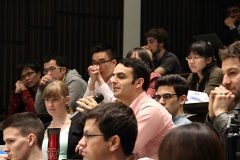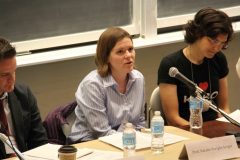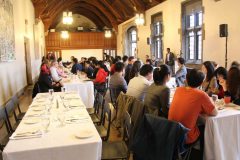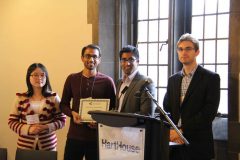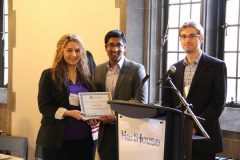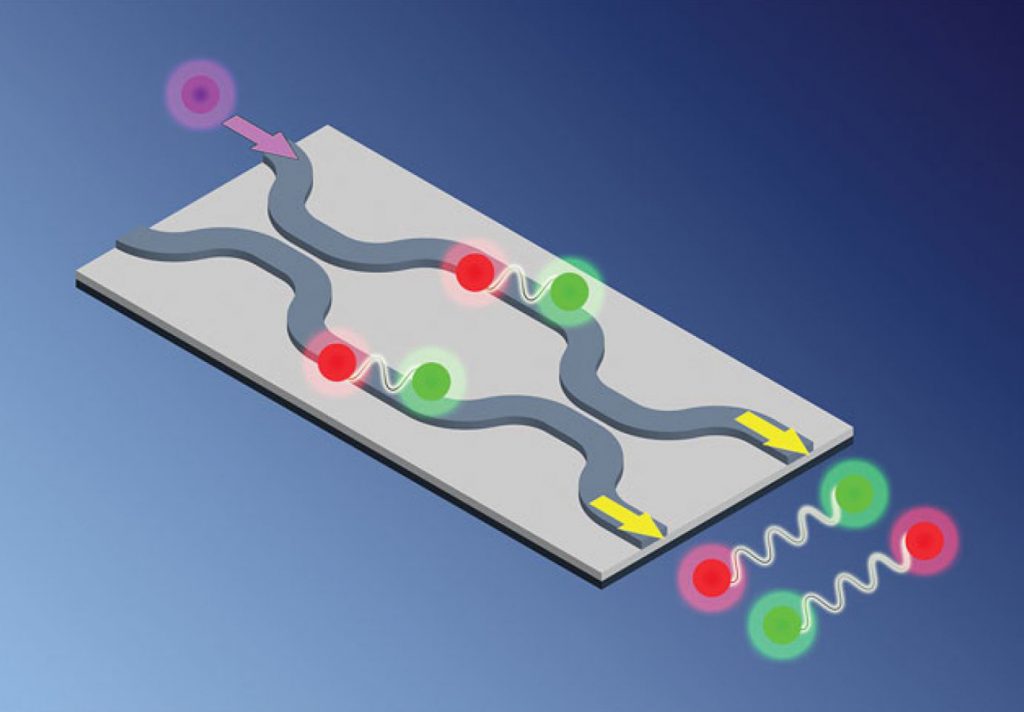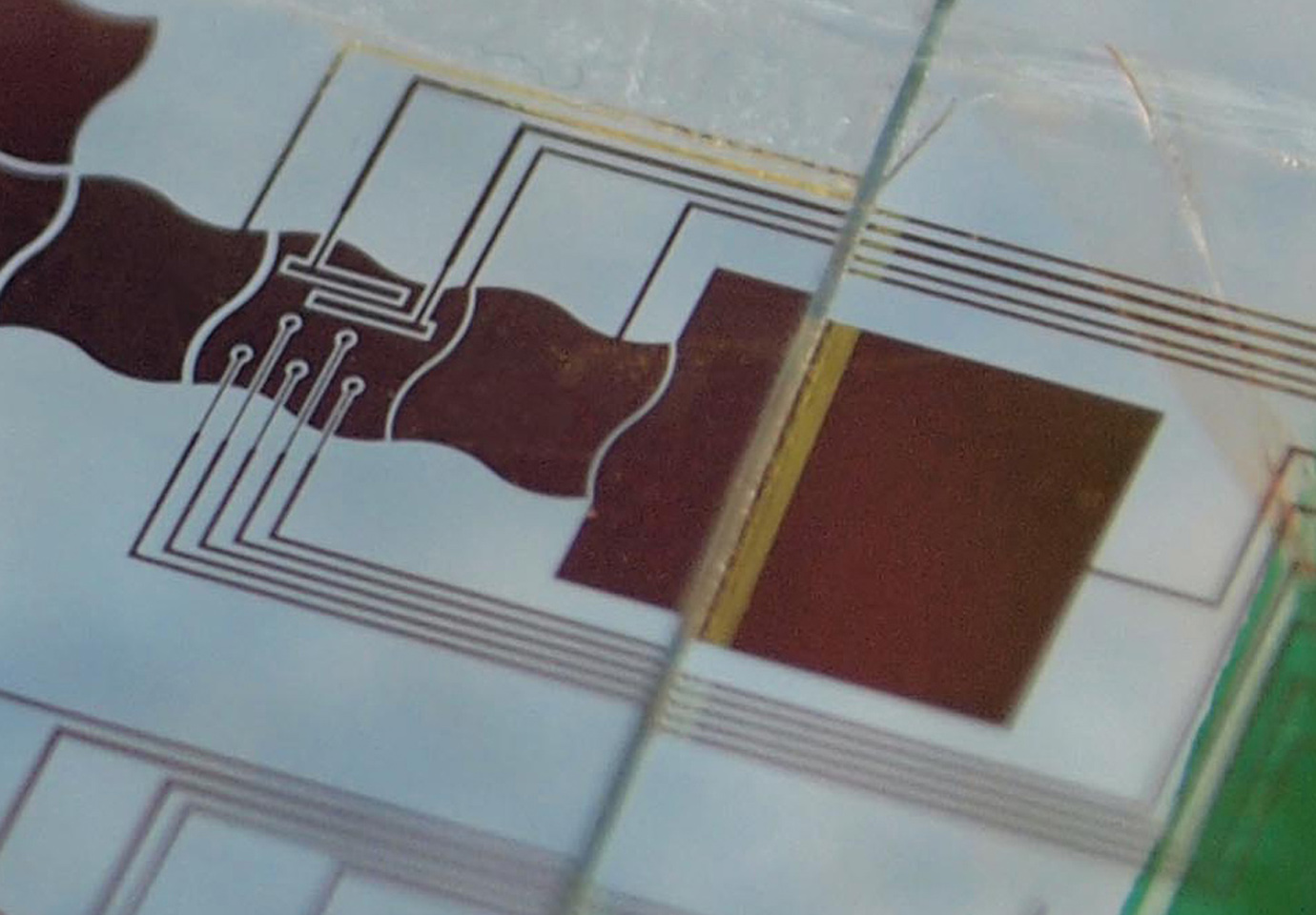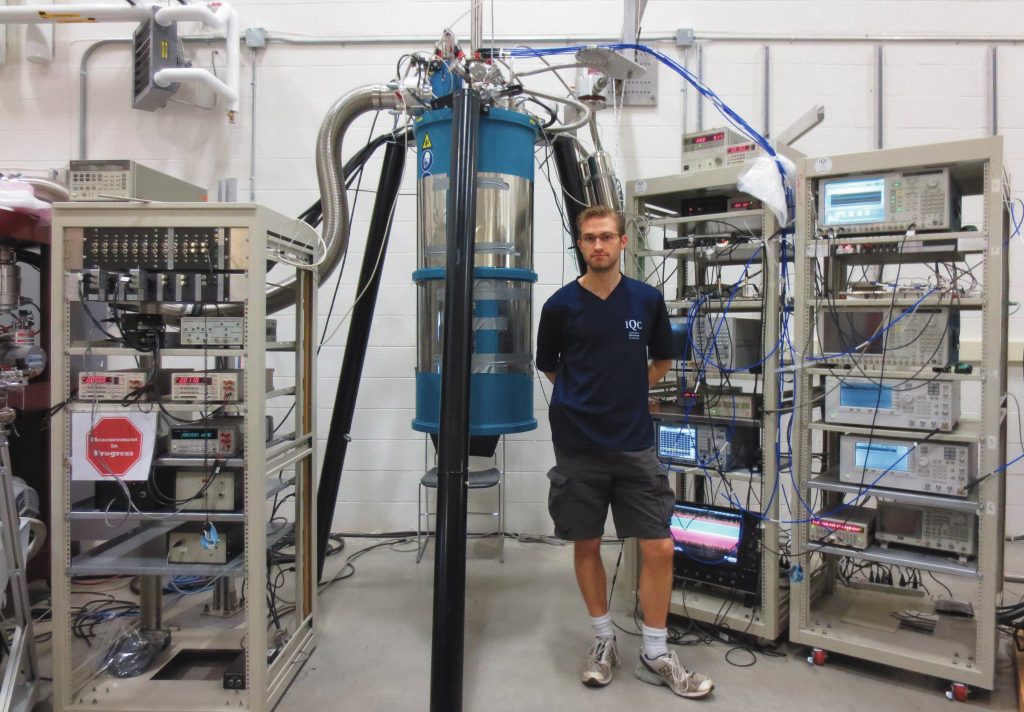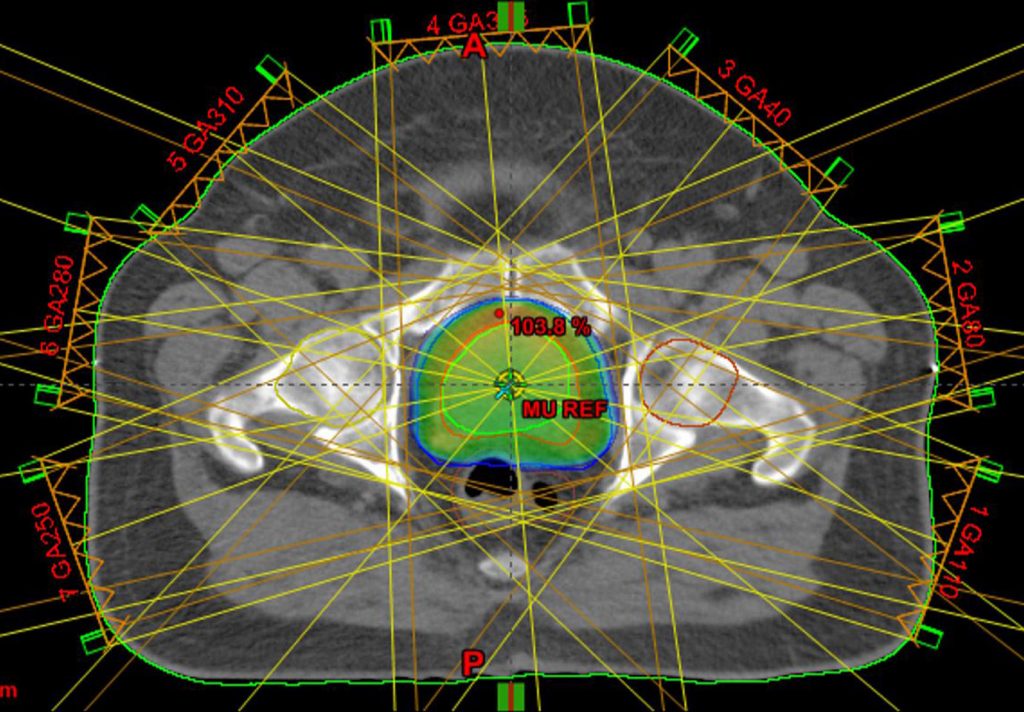QuWare Inc.
Co-Founder & CTO

In 2016 I co-founded a company called QuWare that is changing the way we assess health, both clinically and for medical R&D. Our goal is to achieve functional real-time imaging of cells and tissues beneath the body’s surface at microscope-grade resolutions. To do this, we are exploiting recent breakthroughs in the field of quantum optics, which allows us to better control how light interacts with tissue.
Our Journey With The Creative Destruction Lab:
Together with my co-founder Professor Amr Helmy at the University of Toronto, I had the immense thrill of leading our company through the competitive Creative Destruction Lab (CDL) program, a Toronto-based accelerator that is redefining the startup ecosystem. This program consists of bi-monthly meetings that bring together some of the most talented entrepreneurs, angel investors, and business thought-leaders in North America. You get the chance to meet one-on-one with incredible individuals who have built hundred-million-dollar companies from scratch (often multiple times), pitch your company to them, and receive invaluable feedback. They also become your mentors between meetings. Later, you stand in front of a room full of investors who discuss your company and give you a series of actionable, measurable milestones to achieve by the next meeting. They are asked whether they’d like to see your company again. Each meeting, companies are eliminated. For those that survive the program, the mentors and angel investors you’ve interacted with often become your first financial backers.
QuWare survived and successfully graduated from the CDL program, and it was an incredible journey. During the program we were paired up with two talented MBA students who helped us refine our pitch and strategy. We came to understand how investors think. We were challenged time and again to reframe and strengthen our vision, product, and market (hence the “creative destruction”). The most important takeaway was the process of validated learning, a powerful mindset for quickly prototyping, testing, and iterating your business.
Becoming More Business-Savvy:
My time with QuWare has been an extraordinary growth experience. I’ve developed many valuable skills for navigating the startup world: crafting pitch decks, holding investor meetings, drafting term sheets, filing IP, building a strong legal foundation (super-important), financial forecasting, market research, finding early adopters, establishing customer relations, grant filing and tax credits — the list goes on! Along the way, I’ve met and learned from many incredible people, and have gained a business intuition that complements my technical background and will serve me well into the future.
More recently, I’ve had an opportunity to give back to the CDL program by helping mentor one of the new startups in their Quantum Machine Learning stream, where I’ve passed on many of the valuable lessons we’ve learned.
ECE Connections Graduate Symposium
Co-Chair

In 2014 I co-chaired the ECE Connections symposium at the University of Toronto. This annual event brings together industry and academia in an exhibition of cutting-edge research in Electrical and Computer Engineering. It’s aim is to strengthen ties across the UToronto community and with industry by promoting cross-collaboration, showcasing interdisciplinary research, and providing a social environment for students, faculty, and industry to interact.
Our event consisted of distinguished keynote speakers, a booth session, competitive student presentations, a discussion panel on industry vs. academic research, as well as a networking dinner and awards ceremony hosted at the Hart House. We had over 150 attendees, and speakers included Dr. Brendan Frey (Deep Genomics), Dr. Aleksey Tyshchenko (Intel), Dr. Inmar Govani (Kobo), and Dr. Karl Martin (Nymi). Entrepreneurship was also a big focus, with The Creative Destruction Lab, Mitacs, and UToronto’s Hatchery discussing programs and resources available for startups.
My Role:
Together with my co-chair Liyao Xiang, I oversaw all aspects of event sponsorship, planning, and implementation. I was also responsible for the committee structure, task delegation, workflow, and ensuring all deadlines were met. I had a wonderful time coaching the talented 8-person planning committee we assembled, and I wore many hats, working alongside them on securing funding, attracting speakers, promoting the event, and handling the event logistics. Our sponsors included Intel, Infinera, and Altera.
This day-long event had many moving parts, so it was an excellent experience in project management and a great refresher of many of the lessons and skills I learned during my time with the Queen’s Fuel Cell Team.
Related Links:
- News Article featuring our conference.
- Event synopsis and thank-you letter written to one of our sponsors.
- Event poster here.
Event Photo Gallery:
Check out some of my other past projects!
I’ve worked on technical projects in a variety of fields. Here are some highlights:

